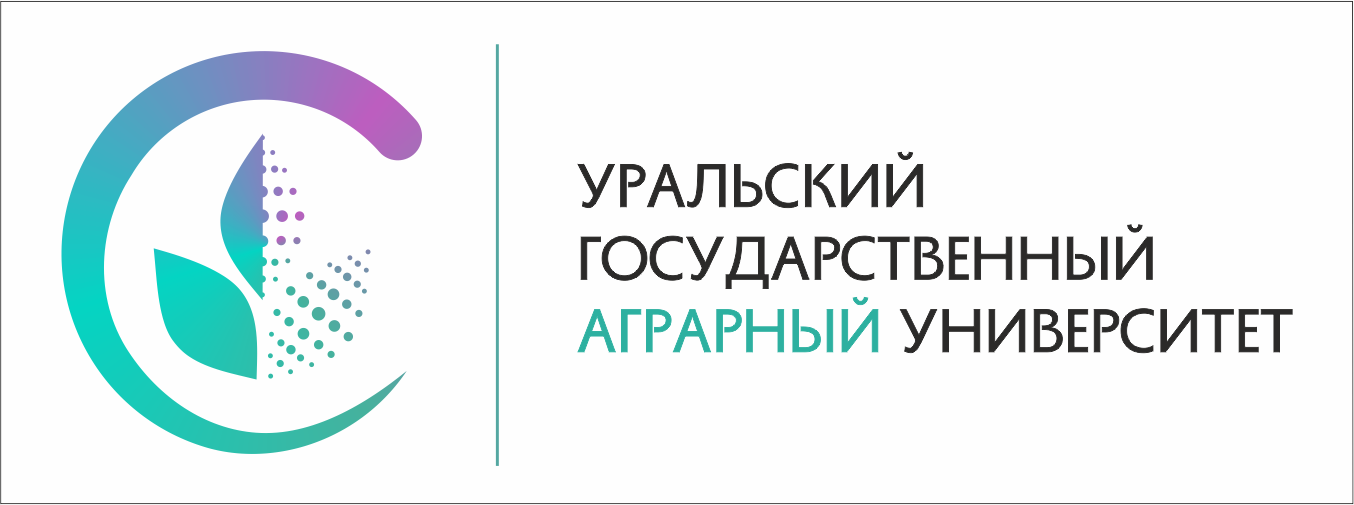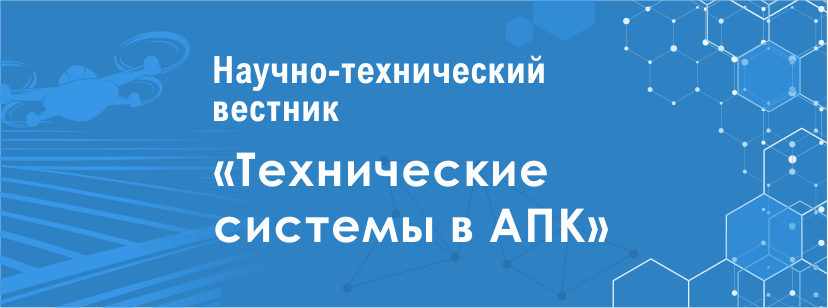O. A. Bykova1, O. V. Kostyunina1 , A. A. Zyryanova1, 2, O. A. Shevkunov1 , A. A. Yaryshkin1, 2
1 Ural State Agrarian University, Ekaterinburg, Russia
2 Ural Federal Agrarian Scientific Research Centre – Ural Branch of the Russian Academy of Sciences, Ekaterinburg, Russia
E-mail: This email address is being protected from spambots. You need JavaScript enabled to view it.
Volume 25 No. 2
Date of paper submission: 17.12.2024, date of review: 24.12.2024, date of acceptance: 09.01.2025.
Published: 02/28/2025
Abstract. Currently, one of the significant problems in animal husbandry in the Russian Federation is the low reproductive qualities of dairy cattle. Its solution requires searching for genetic changes that are the causes of the decrease in the reproductive abilities of cattle, and is of fundamental importance for the effective development of animal husbandry. Whole-genome scanning using chips allows identifying genomic regions, mutations in which lead to the emergence of economically significant problems, such as embryonic mortality, developmental disorders, which is characterized by scientific and practical significance. The scientific novelty consists in studying the molecular genetic mechanisms of control of the reproductive capacity of dairy cattle in the Sverdlovsk region. The purpose of the work is to identify allelic variants of SNP associated with high reproductive qualities of cattle. Methods. The studies were conducted on Holstein cows. DNA extraction and subsequent genotyping were performed at the genomic selection center of Miratorg-Genetics LLC. Full-genome genotyping was performed using GGP Bovine 50K chips. Gapit v.3 package was used to conduct GWAS studies. Reproductive qualities of cows with different allelic variants of polymorphisms that showed the greatest significance in the GWAS study were analyzed. Results. It was found that the duration of the service period of 93 and 94 days is associated with the presence of UA-IFASA-9208TT and BTA-115852-no-rsAG in the genotype, the longest was for ARSBFGL-NGS-71623GG (163 days), ARS-BFGL-NGS-71148GG (158 days). The shortest fruiting period was for UA-IFASA-9208AA (261 days), the dry period was for Hapmap41431-BTA-111895AA (54 days), ARS-BFGLNGS-85003СС, ARS-BFGL-NGS-71623AA and the heterozygous genotype Hapmap41431-BTA-111895AG (55 days), the calving interval was for BTA-115852-no-rsАG (363 days), the longest fruiting period was for ARSBFGL-NGS-71623GG (302 days), the dry period was for ARS-BFGL-NGS-4585 AG and UA-IFASA-9208АТ (62 days). The reproductive efficiency coefficient corresponded to the optimal value (1.00) for three SNPs: ARSBFGL-NGS-4585AA, BTA-115852-no-rs AG, UA-IFASA-9208AA and UA-IFASA-9208TT.
Keywords: cattle, genes, SNP, reproduction Acknowledgements. The research was supported by Russian Science Foundation, project No. 22-76-10021.
For citation: Bykova O. A., Kostyunina O. V., Zyryanova A. A., Shevkunov O. A., Yaryshkin A. A. Reproductive capacity indicators of cattle depending on genotype. Agrarian Bulletin of the Urals. 2025; 25 (02): 206‒216. https://doi.org/10.32417/1997-4868-2025-25-02-206-216 (In Russ.)
Download the full text of the article












